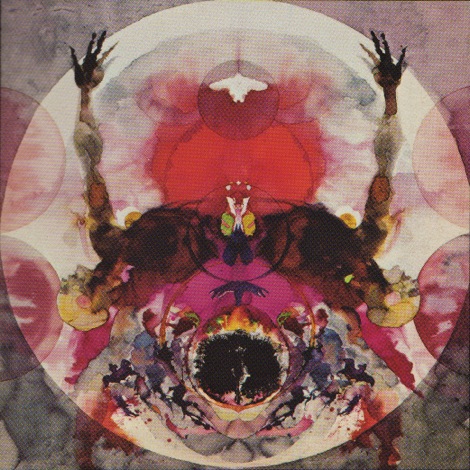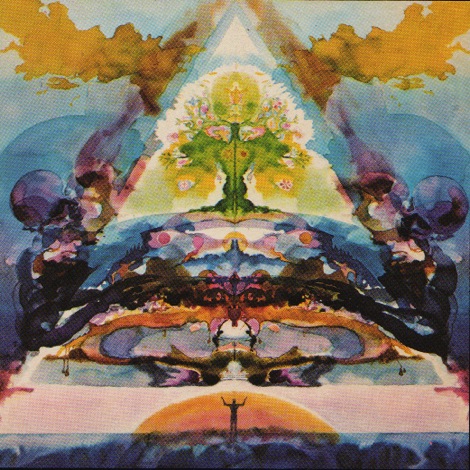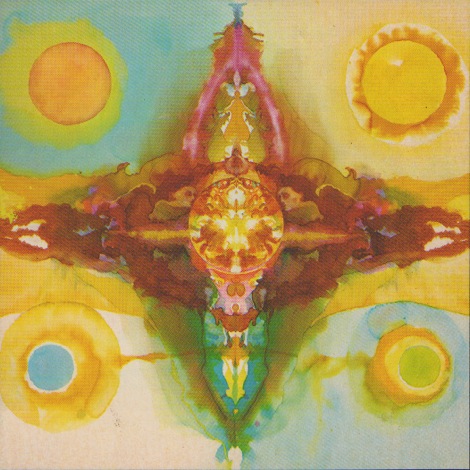Mars Sci-Fi novel series by Kim Stanley Robinson




Although I have only read a portion of the first book, I eventually bought this series and remember how inspiring it looked when I first saw it browsing my local libraries shelves as a young child. I can’t help but wonder if the well-tied together look and feel of the covers are what sparked my interest to read them. The typographic system is consistent: a condensed version of Avant Garde Gothic that compliments the futuristic, technological aspect of the story. Each cover features paintings by Don Dixon, including a group of vignette images inspired from the stories in a column left of a dominant image depicting the state of the terraformation of Mars in the novel, complimented by an appropriate color scheme. Looking at the book covers together provides a captivating visual timeline for the potential reader of the events that unfold through the series.
1993, Red Mars by Kim Stanley Robinson
1994, Green Mars by Kim Stanley Robinson
1996, Blue Mars by Kim Stanley Robinson
1999, The Martians by Kim Stanley Robinson
Dante's Divine Comedy paperbacks

There have been numerous publishings and translations of The Divine Comedy, graced with many illustrative interpretations by the likes of artists Gustave Doré, William Blake, and Salvador Dali. The used book store where I’ve worked at for years had these particular translations by John Ciardi and the covers drove me to purchase them. Unfortunately, these dramatic illustrations — most likely paintings —are not credited in any of the books so send a line if you happen to know. Each painting features loose human shapes relating to the setting of each part of the story. Seen below are close-ups of each of these covers to show the detail in these expressionistic paintings. The cover for Inferno is grim yet passionate, creating a loose depiction of a morbid skull from the various shapes and patches of color. Purgatorio’s cover is in the shape of a mountain, dominated by blue and orange hues of emotion and hope, as the Earthly Paradise sits atop the summit. The last cover for Paradiso is marked by a bright palette of color and light to symbolize the good divine nature of heaven. The symmetrical composition of all three of these paintings also conjures up Rorschach inkblots, which I believe could be an intentional suggestion. The typography and layout is appropriately consistent among the three books.



The Inferno by Dante Alighieri, a new translation by John Ciardi
The Purgatorio by Dante Alighieri, a new translation by John Ciardi
The Paradiso by Dante Alighieri, a new translation by John Ciardi